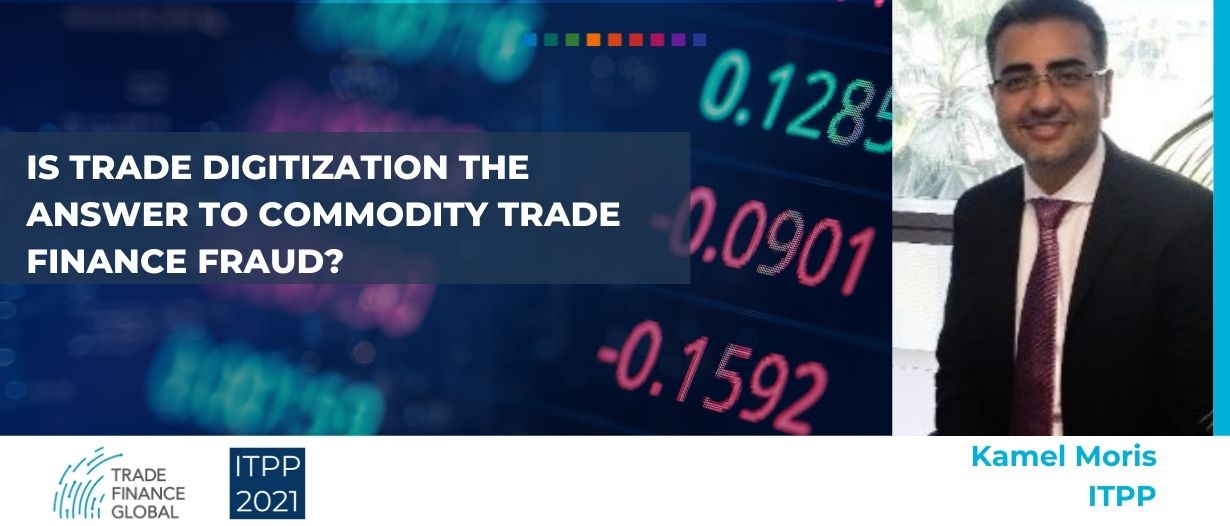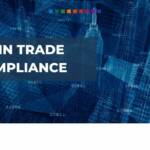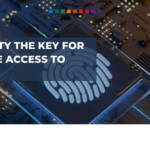Commodity trade finance fraud and losses, along with trade finance digitization, have emerged as common themes in trade finance recently. Can digitization be the answer to trade finance fraud that banks can rely on in practice?
Commodity trade finance fraud and losses
Recently we have seen a surge in headlines relating to fraud and losses in trade finance. This is nothing unique, and banks have seen multiple cases of this kind in the past. However, the names and size of the companies involved, such as Hin Leong, Phoenix, Agritrade, Hontop, Zenrock, and Gulf Petrochem, have left a scar on banks, leading several financial institutions to re-evaluate their offering in this sector. Certainly, the COVID-19 pandemic has been the single largest contributor to the issue. As a result of overall disruptions in the foreign exchange (FX) markets, trade logistics, commodity prices and overall demand, we have witnessed instances of mismanagement of FX exposures, in underlying transactions of receivables financing, and in the deployment of funds by commodity traders, which have resulted in their collapse.
Not too long ago, banks were lining up to lend to these companies and were competing with lower margins and looser structures. The combination of these and the disruption caused by the pandemic ultimately resulted in multiple failures.
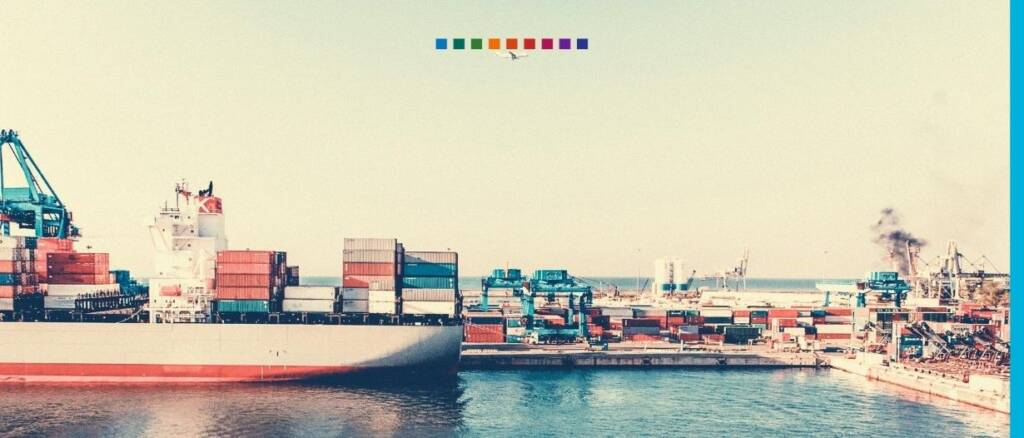
Commodity trade companies’ mismanagement
The following is a summary of common cases that have resulted in trade finance bank losses originating from commodity traders recently:
- The release of bank-financed goods for the warehouse without informing the banks
- Financing of issued invoices that do not actually have any underlying trade
- Financing of duplicate bills of lading
- Issues with the true nature of goods, where the shipment content turns out not to be what it is claimed to be in the bills of lading
Companies utilized the above in order to pump in more capital into their balance sheets, so as to finance activities such as FX speculation or alternative investments. Perhaps these take the form of capital expenditure (CapEx) for which they were unable to get financing, or for investment activities outside the scope of their core trading activities.
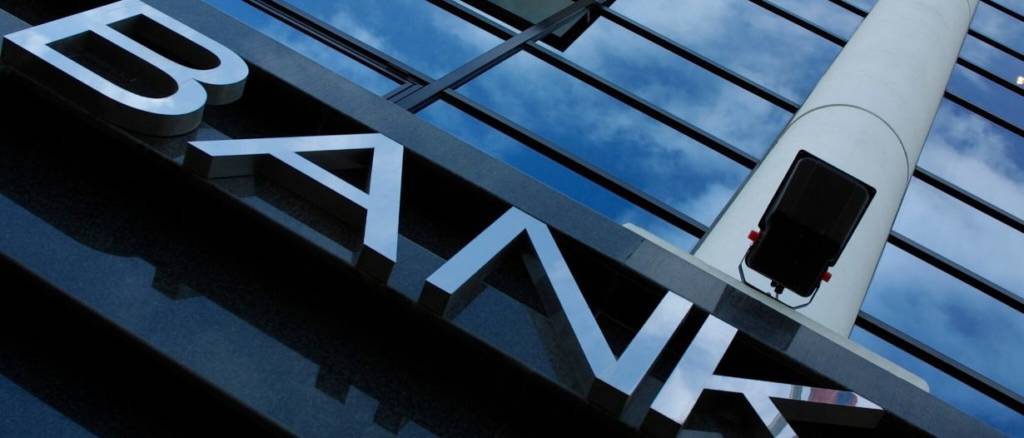
How banks aggravated the situation
The banks have helped aggravate this situation by losing track of the basic principles of commodity trade finance. Identified as a scalable area of financing with a financing gap of over $1.5 trillion, banks have been entering this space without the right infrastructure. Banks financing commodity traders must be equipped to do so with the right tools, such as the development of dedicated risk models, specialized front offices, trading desks, commodity and collateral monitoring tools, specialist risk management departments, and so on. Given the size of the companies involved, banks lowered their guard and began doing more name lending, reducing pricing, and loosening their structures. This involved, for example, moving from collateral management to stock monitoring or even to pure clean lending, not properly monitoring goods, not checking on the genuine nature of invoices, or ensuring that shipments contain what is mentioned in the documentation. In many cases, simple spot checks with the buyers revealed that invoices being financed were not genuine.
The trend towards trade finance digitization and how this can help
The trade finance community has been focused for a while on the digitization of trade finance. The current pandemic has increased industry focus on this trend. Governments, banks, traders, and shipping companies have been paying unprecedented attention to the digitization of Trade Finance. This includes the development of various technologies, as well as rules and regulations in different countries to help introduce and support digital documentation. Different ports and customs authorities have been working to adopt the use of eBLs and electronic shipping documentation, while others have been working on developing their respective legal framework in order to accommodate the use of digital instruments such as bills of exchange and promissory notes, as well as the full acceptance of digitally signed agreements. With increased adoption, we can see digital trade finance take shape in a more realistic manner.
It is important to highlight the fact that people remain at the top of any fraud control efforts. An experienced, seasoned, and strong FO, risk management and operations scenario will continue to be of vital importance to success for any bank in this field.
Trends towards digitalisation
Advancements in trade finance technologies have evolved along multiple paths. The following are some examples, together with a description of how such developments can specifically help with fraud control and avoidance of future losses.
- Distributed ledger technologies (DLT): Offering members of the trade finance community the possibility to be connected on a single secure network and share information such as invoices, transactional documentation, acceptances etc. This can control problems such as fake invoices, double financing, and buyer/supplier fraud.
- Electronic Bills of Lading (eBL): bills of lading are one of the most important instruments in trade finance and one that banks have relied on for years, but one that has also caused many problems. It is amazing how trade finance still relies on this paper-based document, issued by parties all over the world, as the sole proof of ownership. This instrument is potentially a major weak link in any trade finance transaction, given its vulnerability to fraud, duplication, loss, and so on.
- Internet of Things (IoT): This technology has the capability of tracking goods and transmitting related information on the goods. IoT could help in monitoring the goods’ whereabouts and as the technology develops, it might also be able to help with ensuring that the goods are genuine.
- Artificial Intelligence (AI): This technology supports a logic capable of detecting fraud patterns, which can raise red flags very early on, as well as aid the automation of credit approvals. This will help banks do the right deals with the right parties. This technology may need some time to catch on and be adopted widely, given the requirement for it to have enough use cases to build its intelligence engine, as well as the ability for banks to invest and adopt such technologies.

How trade dinance digitization can be more effective
Imagining a trade finance ecosystem that is fully connected and integrated is a wild thought, but the technology is there to support it. DLT can achieve this, but for it to succeed and have the desired practical impact there are some pre-requisites. Some of these are more difficult than others to achieve, although not impossible:
- Common or interoperable DLTs: too many blockchain networks are currently set up or being set up. Private networks for specific users or closed to a specific group helps that specific group but do not add value to the wider ecosystem. For this to succeed, there must be more reliance on public blockchain networks, or alternatively a very smart mechanism of intercommunication and interoperability between private networks.
- Wide adoption across all members of the trade finance ecosystem: this would include shipping companies, buyers, suppliers, collateral managers, banks, insurance companies, and customs authorities. These would all need to come together and accept, adopt, and implement these technologies.
- Rules and Regulations: Governments, as well as the ICC, have been working towards developing rules and regulations for the adoption and acceptance of electronic-based documentation, such as eBLs, IPUs, eB/E and so on. The scale has been limited until now, and a more extensive and faster adoption will need to happen before a true impact can be achieved. However, it seems that many have realized the importance of this approach for the future of a safer and faster trading and trade finance environment.
- Lending standards and structures: banks will need to rely on tighter structures and use the technology to support that objective. Clean name lending in the commodity trade finance should not be the norm, and one would also expect pricing to continue to increase.
Will it all work?
There are still many challenges within the trade finance sector for the lenders and the traders, and banks that continue to operate in this sector will need to work closely with their clients to ensure a stable lending mechanism, based on both tighter structures and technology. Despite all the bad news and losses, the industry is continuing to evolve, and the digital solutions being constantly developed will provide for a safer infrastructure that will aid banks and help them evolve and improve their practices.
One also must be confident that banks will continue to learn how to better mitigate their risks and employ the available and evolving technologies as a lending enabler. Should we dare to imagine a brave new world with one public global trade blockchain? A single ecosystem where all trade documentation is digital, recognizable, and enforceable?















